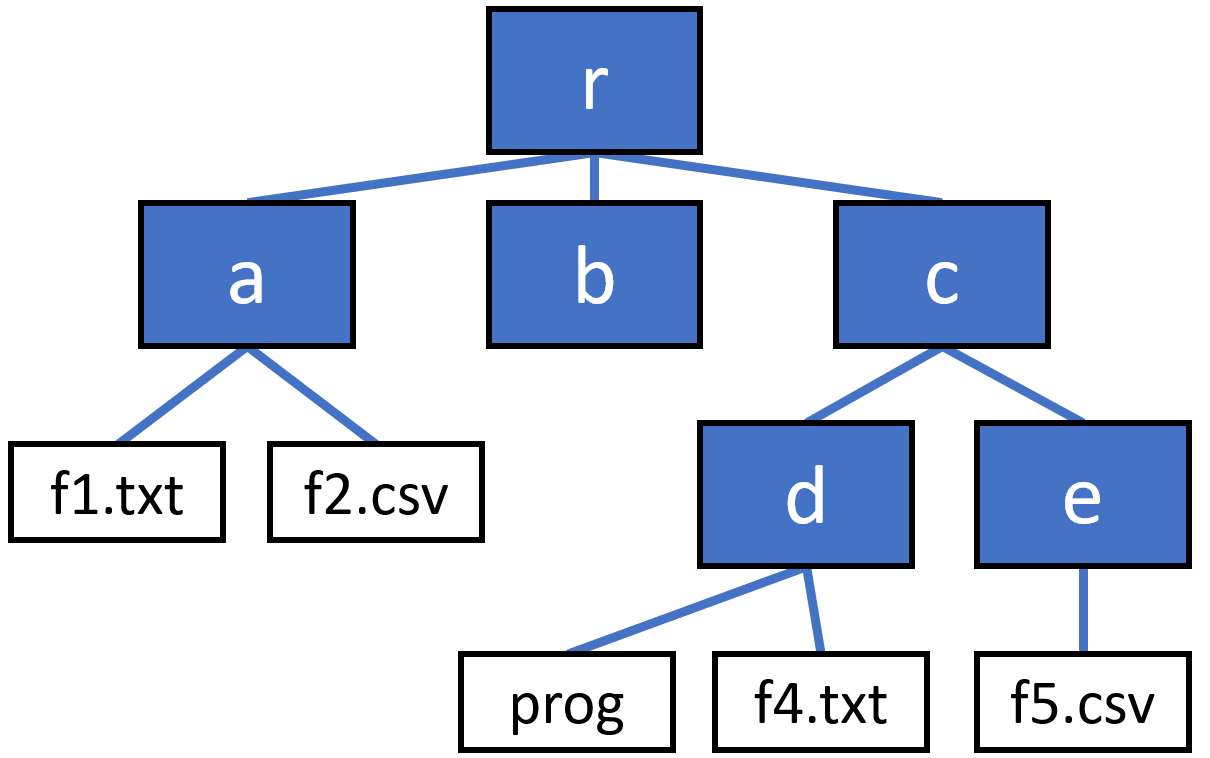Useful Unix Preparation
Overview
You have probably picked up quite a few commands that you write at the Terminal, such as cd and hopefully you have some what of an understanding of how file systems are organized. In a week or two, we’ll be thinking about how the Terminal program actually works, so in preparation for that, let’s solidify some of those random commands that you have memorized in your CS journey so far.
Basic Learning Objectives
Before class, you should be able to:
- Identify the relative and absolute path to a file
- Define
stdin,stdout, andstderr - Predict what various redirects and pipes will do
Advanced Learning Objectives
After class, you should be able to:
- Explain how file output and input works
- Write unix commands that chain together several pipes for a desired outcome
Resources
Review the following:
Feel free to look through other sections of 17 that catch your interest as you have time. Things that might be interesting to learn more about: remote access, make, file permissions, etc. This is a great resource for learning more about all those commands that you’ve been learning haphazardly!
Checks
Submit answers to the following on Moodle.
Given the following directory structure, where filled-in boxes represent directories and open boxes represent files:

- Give an absolute path to the file
f5.csv, assuming that directoryris the only child of/. - Give a relative path to the file
f5.csvfrom the directoryb. - What will the following command do?
./prog < f4.txt > ../e/f5.csv 2> ./e.txt